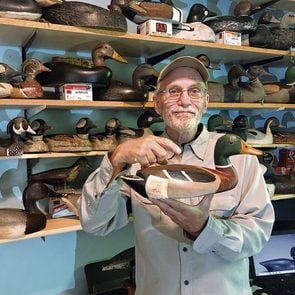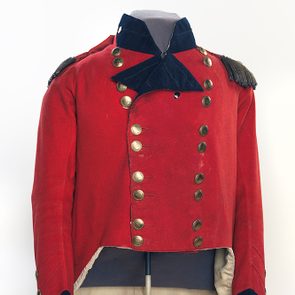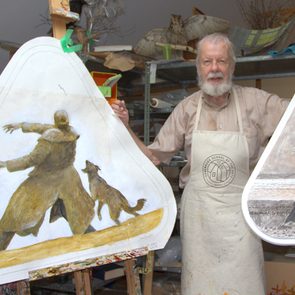You’ve Heard of the Group of Seven, But What About the Group of Five?
As the world prepared for WWII, five artists in Montreal banded together to capture the era in remarkable fashion.
As international events were building towards the Second World War, a small group of artists from Montreal decided to merge their creative forces and incorporate as a company to earn their keep while expanding their knowledge of art and sculpture. And so Rémi Arbour, Henri Bélisle, Fleurimond Constantineau, Armand Filion and Louis Parent, all graduates of the Montreal School of Fine Arts, banded together to form La Maîtrise d’Arts, also fondly known by many as the “The Group of Five.”
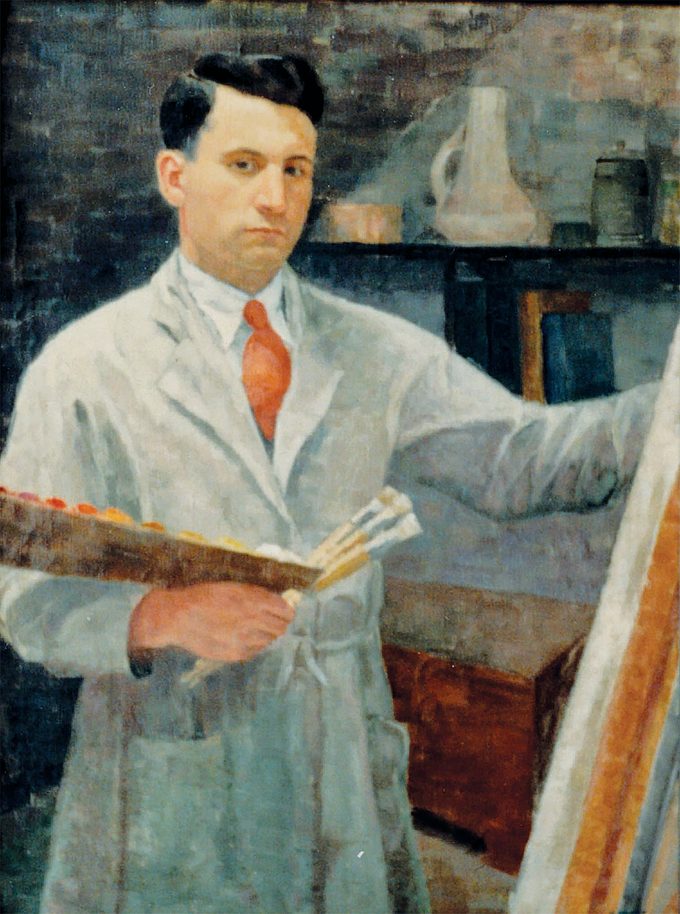
The Group of Five
All five were gifted painters who wanted to expand their horizons and explore other mediums as well. Arbour, Bélisle and Parent became fascinated with pottery, while Constantineau and Filion found a unique challenge in creating large-scale allegorical floats for Montreal’s St. Jean Baptiste parade, held on June 24 every year. The five men developed a close friendship over the years, collaborating on projects and helping one another at every opportunity.
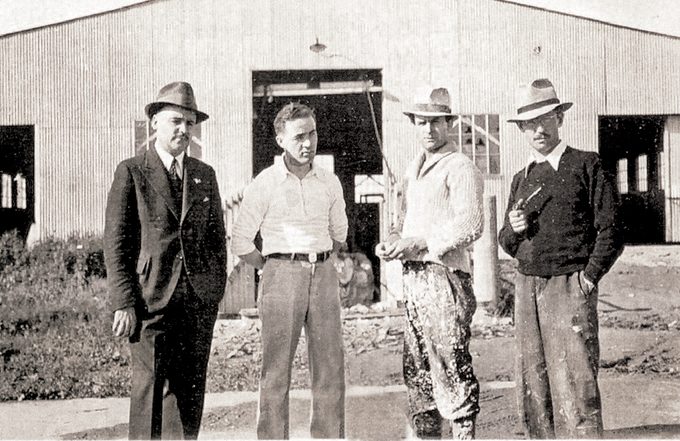
The Group of Five first began to work on the St. Jean Baptiste parade in 1932. The City of Montreal lent them a brand new warehouse in the Chabanel district to use as a workshop. The floats could not be more than 16 feet high, because overhead electrical wires along the parade route were hung at 18 feet, but tended to droop in hot weather. The parade attracted thousands of spectators, all standing along the streets, clapping in celebration as historic representations of French Canada streamed by with much fanfare every summer. The ornate horse-drawn parade carriages were a joy to behold and a triumph for everyone who had worked on them.
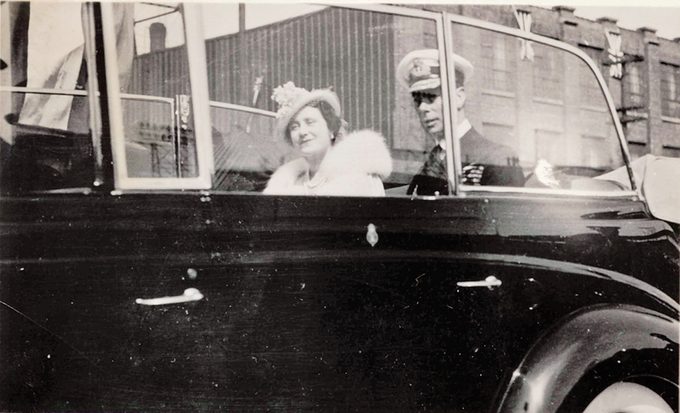
Lions for King George VI
In May 1939, King of England George VI and Queen Elizabeth came to Canada on a Royal Visit, the first British monarchs to ever do so. A stop-over and parade in Montreal was on the itinerary for their national rail tour, undertaken largely in support of the war conscription movement. To properly welcome these distinguished guests, many Quebec artists were asked to work on various themes and motifs for display along the Royals’ parade route.
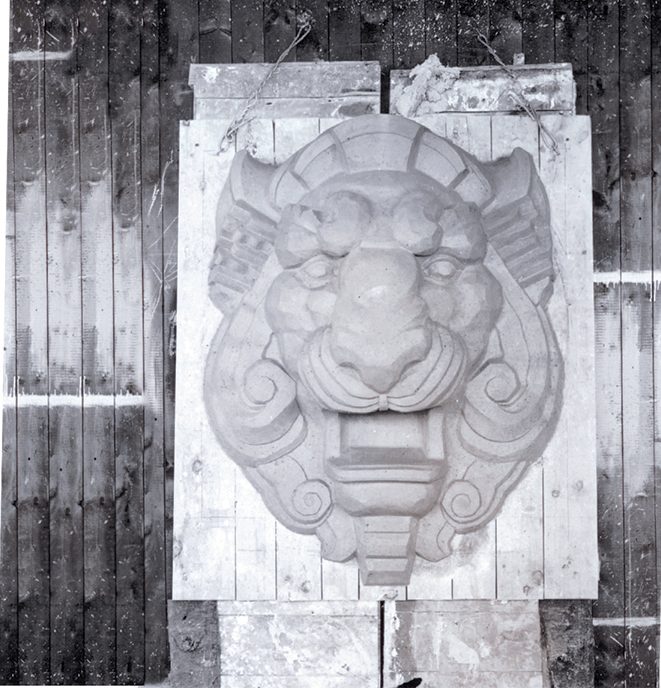
La Maîtrise d’Arts was invited to produce a set of lions, which were to be part of a street archway. Sculpted with an artistic flair, the lions were then plaster-cast by Carli-Petrucci, Montreal statuary makers who had been in business for over a century. The Royals’ 1939 tour through Montreal was a truly remarkable event in our history, creating countless memories—and opportunities for artists and artisans to apply their talents in creative ways. For those of us who love to haunt local thrift stores, flea markets and antique shops, finding artistically crafted memorabilia from that event and time period is always a joy!
Take a look back at the most memorable royal visits to Canada.
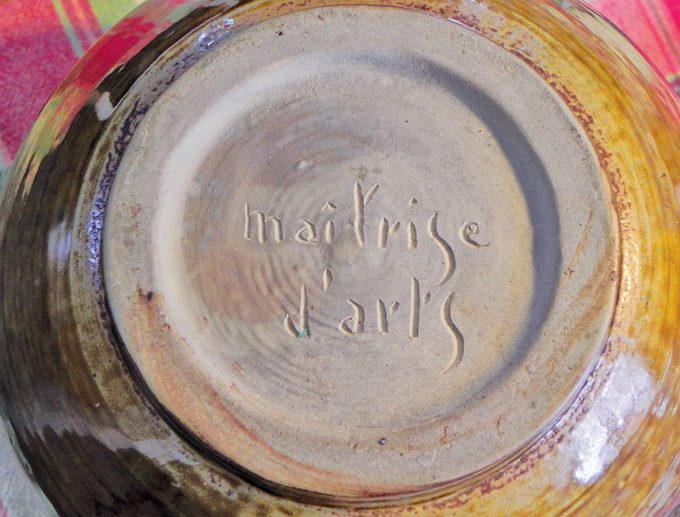
Pottery on Île Sainte-Hélène
While contributing their skills in sculpting to the Group of Five’s parade efforts, Rémi Arbour, Louis Parent and Henri Bélisle were focusing increasingly on their passion for pottery. They badly needed their own workshop to experiment and create in, and seized upon an opportunity to work inside the old stone fort on St. Helen’s Island under the Jacques-Cartier Bridge. On Friday, September 1, 1939, the programming on Canadian radio stations was interrupted with news of Hitler’s sudden attack in Poland, resulting in anguish and rapidly changing circumstances across the country and throughout the world. When word came that the old fort was to be returned to its original purpose as a military facility, La Maîtrise d’Arts had to move, and quickly.
Born in the rural town of St. Julienne, Henri had just finished building a new house in the Ahuntsic district of Montreal, working with his uncle Wilfrid—who specialized in building barns. Henri designed his house to suit his needs as an artist, keeping the best and largest areas for artistic purposes, and choosing to sleep in a tiny room. Upstairs, he enjoyed a spacious and bright studio, while the basement housed his pottery oven. A room on the first floor was used to prepare the glazes, and a showroom was set up in the living room, where his partner Louis would give presentations to visitors about ceramics and casting, telling them about the main steps from A to Z. Members of The Youth Chamber of Commerce of Montreal, then numbering around 80, would visit Henri’s house from time to time for guided tours.
Henri sometimes hosted gatherings in his studio for his La Maîtrise d’Arts colleagues and friends. One night, someone brought over acclaimed violinist Arthur Leblanc of New Brunswick. Henri’s entire home vibrated with beauty that evening as Mr. Leblanc played his 1733 Stradivarius within what proved to be the studio’s ideal acoustic conditions.
Lasting Legacy
The creations of La Maîtrise d’Arts covered quite a large spectrum. For example, they designed an Art Déco thumb rest beer stein, which, in the 1940s, was to be sold at Morgan’s, and Birks, in downtown Montreal. Reproductions of this original mug are still on the market today, and are among our collections here at La Belle Amérique. They produced many other styles of beer steins, as well as vases and hand-turned pottery created by Louis Parent, who had studied pottery in Philadelphia in the mid-1930s. In addition to his artistic contributions, Louis was also the businessman of the Group of Five.
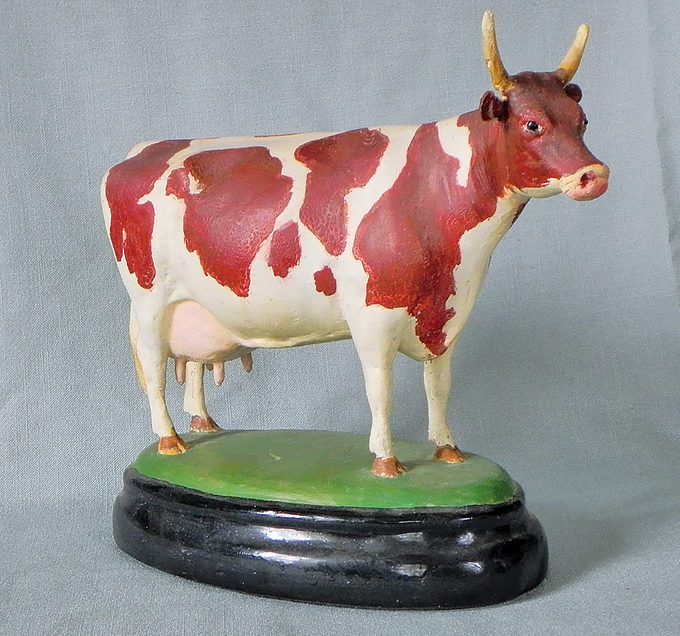
In 1941, the artists were commissioned by the HEC Business School museum in Montreal to produce figurines of Quebec’s various cow species; sculpted in clay, the pieces were then plaster-cast by Carli-Petrucci and afterwards hand-painted by the artists and put on display. That same year, La Maîtrise d’Arts was also asked to create the stage design for a special theater production put on by Les Compagnons de Saint Laurent, an acting company that were performing at the fabled Montreal Forum. According to the theatre critic of La Presse, the artists created an astonishing design in the style of France’s Chartres Cathedral, featuring “a very nice perspective.”
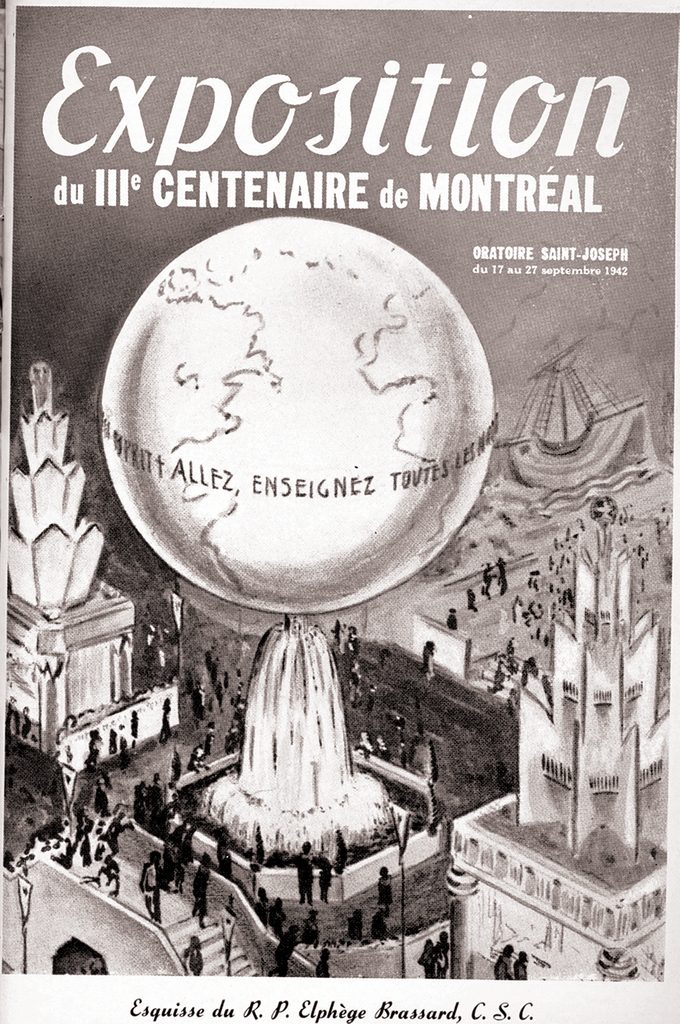
The following year was a big one for La Maîtrise d’Arts. To help commemorate Montreal’s 300th anniversary (1642-1942), they were asked to create a huge sphere for an exhibition held at St. Joseph’s Oratory, based on the theme of Canadian missionaries helping others worldwide. A team of artists and craftsmen agreed to work on the project, including a young Charles Daudelin, who would later become a distinguished sculptor. The sphere was hung by steel cables, using a 20 horse-power motor. When the structure was complete and opened for viewing, visitors were astonished at the sight standing before them on the Oratory grounds.
The Group of Five is now a treasured part of our archives, and I find it heartening to know that the artists’ creations are still being enjoyed in many homes to this very day. Also, because of their combined volume of work, those “rare finds” in thrift stores or flea markets you sometimes hear about have been known to actually come about with respect to the work of La Maîtrise d’Arts. So, keep your eyes open and perhaps you will be the next lucky person to find one of the group’s artistic treasures at an affordable price.
Find out more about Hélène’s passion for art history at La Belle Amerique.
Can’t get enough Canadian Collectibles? Check out the Blue Mountain Pottery story.
